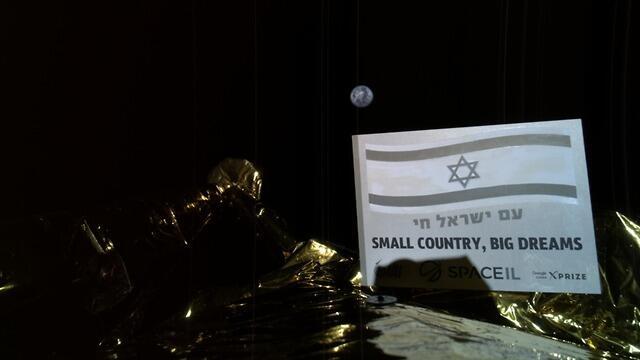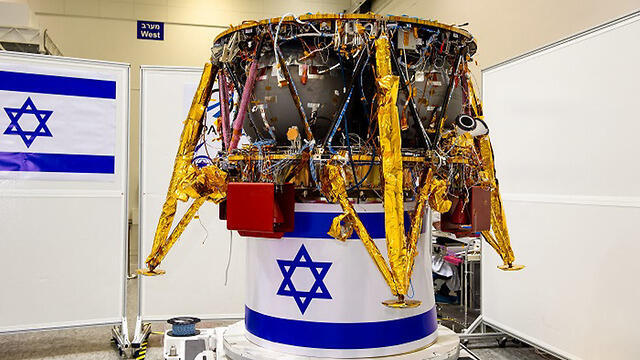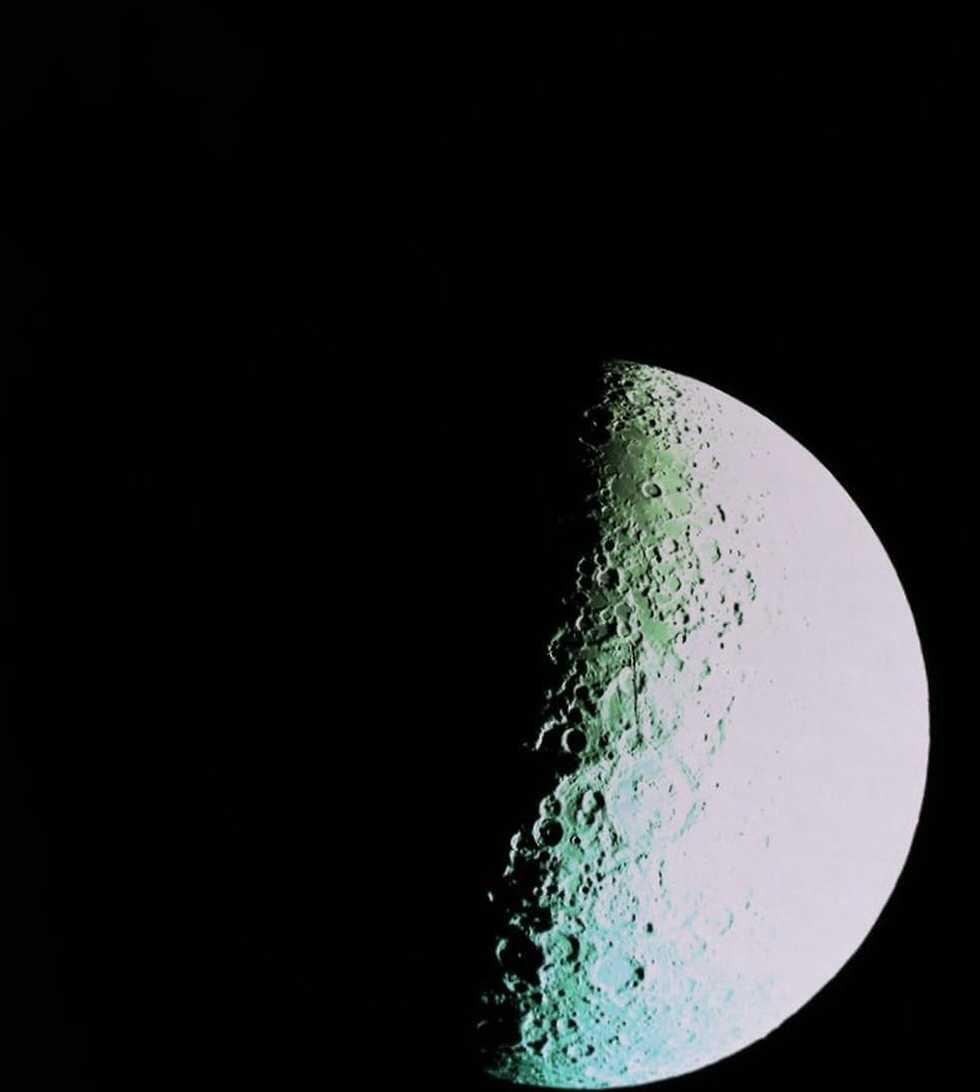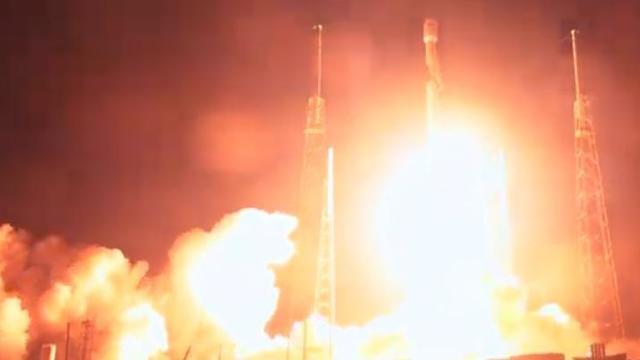Getting your Trinity Audio player ready...
After a $100 million investment, a four-year construction process at Israel Aerospace Industries and SpaceIL, and a six-week space trip, on Thursday night Israel aims to become the fourth country in the world to land a spacecraft on the moon. If successful, Israel will join the US, China and the Soviet Union as the only ones to have achieved this goal.
and Twitter
Nine years ago, Israeli entrepreneurs Yariv Bash, Yonatan Weintraub and Kfir Damari spontaneously decided over a drink in the pub to raise money and participate in the Google Lunar X Prize competition to land a spacecraft on the moon. Together they formed SpaceIL and began to put their dream in motion.
4 View gallery


Beresheet's selfie some 235,000km from Earth (Photo: SpaceIL/IAI)
(צילום: spaceIL והתעשייה האווירית)
On Thursday night, at around 10:15 pm, their spacecraft, known as Beresheet (Genesis) is expected to touch down on the lunar surface. The operation will be directed by a control center in the Israeli town of Yehud, some 12 km southeast of Tel Aviv.
4 View gallery


The Beresheet spacecraft (Photo: SpaceIL/IAI)
(צילום SpaceIL/התעשייה האווירית לישראל. )
Beresheet is currently orbiting the moon at 6,000 km/h, and will begin its autonomous descent at 25km above the surface and 800 km from the landing site.
In order to control its landing, Beresheet will simultaneously fire all nine engines for 15 minutes. When it is 5km above the surface, the craft's laser instrument to measure height will start updating the computer about the distance to ground level so that it can synchronize its engine function.
The spacecraft will stop advancing when it is one kilometer above the surface of the moon, 40 seconds from touchdown. When it reaches a height of five meters, it will shut off its engines used for braking, and drop to the surface using four legs specially developed in Israel to cushion the blow.
After landing, Beresheet will take a selfie and send it back to Earth using NASA satellites recruited to assist the Israeli space mission.
The spacecraft will continue to operate for another two days, during which it will conduct a study of the moon's magnetic field, led by Israel's Weizmann Institute of Science. The moon's surface temperature, which can reach 127 degrees Celsius, will render the spacecraft inoperable, although the laser onboard means it can be used later for scientific research.
Quite a bit can still go wrong before the landing, such as a breakdown in communications, a computer malfunction, the failure of one or more engines that will make it difficult to slow down in time to land properly or even the spacecraft landing on a rock and toppling over.
The landing site was chosen in advance for its relatively flat surface, and while the landing feet could stabilize Beresheet in some cases of it landing in an area that is not completely sandy, they are not a failsafe for every situation. In the event of a problem at the start of the descent, the spacecraft is programmed to return to orbit the moon and await instructions from the control center in Yehud.
So far, the SpaceIL team has successfully dealt with a number of mishaps, such as a malfunction by the spacecraft's star tracker and an unexpected computer failure. What is certain is that the team at the control center, along with the entire country, will be following a little spacecraft from a little nation as it tries to make history.



